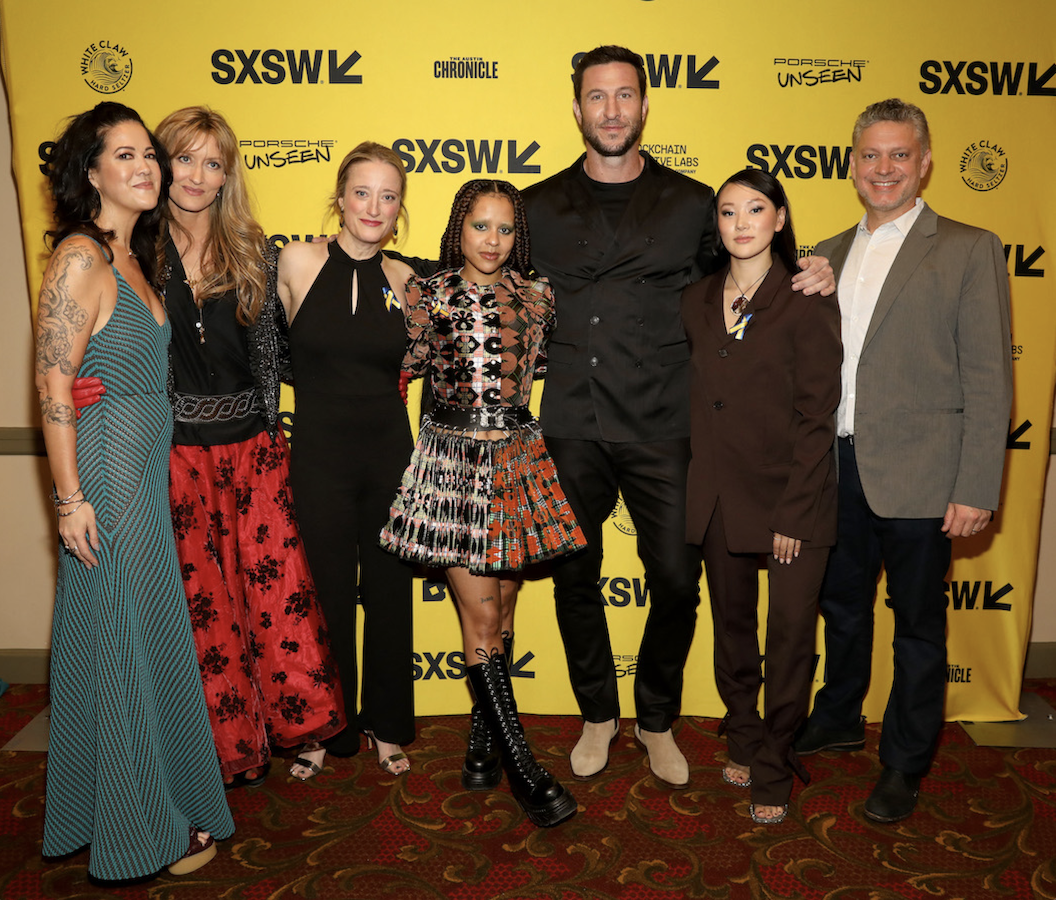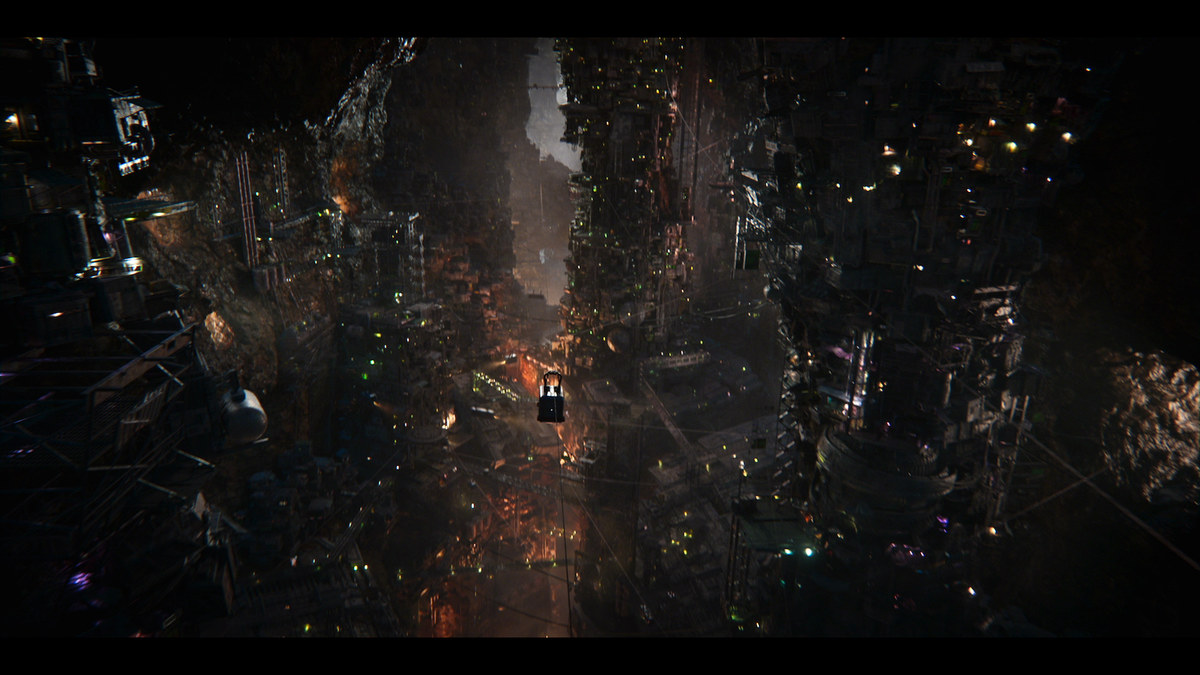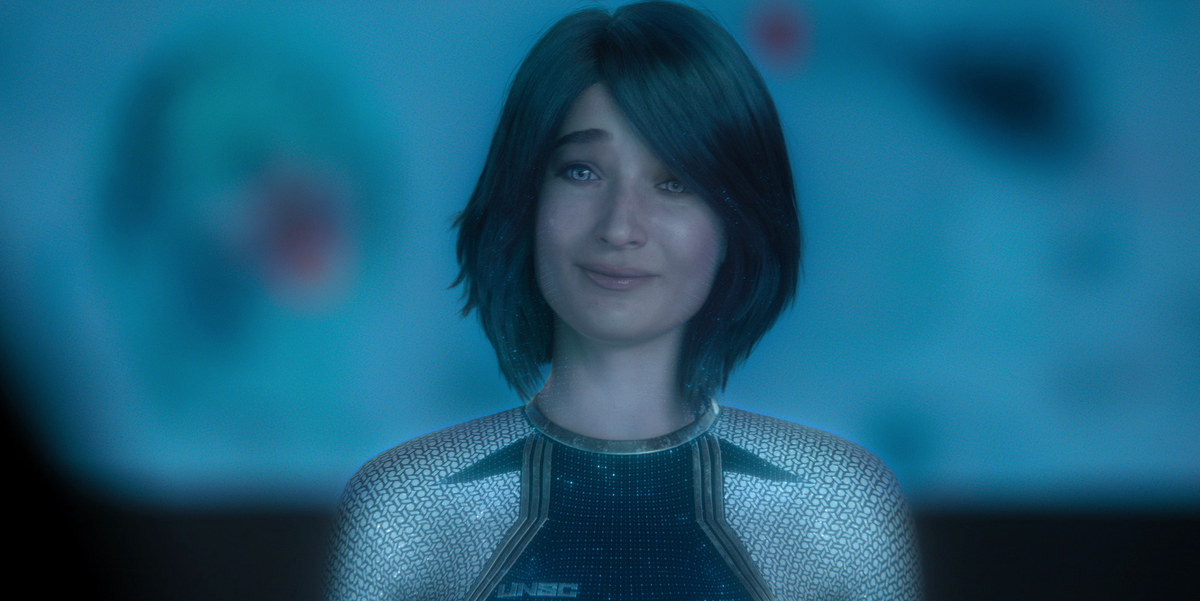Life Style: Say hello to ‘Halo’ — the $200m sci-fi epic looking to take over the small screen

DUBAI: Pablo Schreiber didn’t know what he was getting into. The actor had just landed the lead role of Master Chief in the live-action series adaptation of the wildly popular video game franchise “Halo,” and although he was aware that it was a big deal, he hadn’t yet grasped the level to which the character resonated with people across the world, or the extent to which his own life would be changed by playing the supersoldier.
“With the casting announcement, I started to get a sense of how much the franchise meant to people — and what Master Chief meant to people. I took that on as a responsibility. I knew I had to work as hard as I could to make sure that this was an experience that would be satisfying for the legions of fans,” Schreiber tells Arab News.
It was then that the 43-year-old’s education began. Schreiber took a trip to Redmond, Washington in the northwest corner of the United States to visit the Halo Museum at 343 Studios, learning just how massive the franchise truly is, both in terms of its popularity and the scope of its storytelling.
Since the video game series launched in 2001, “Halo” — a science-fiction epic that follows an interstellar war between humanity and a group of aliens known as The Covenant — has sold 81 million copies across its six games, helping to make the Xbox console a household item across the world, not to mention spawning dozens of best-selling novels, comic books, and more. Its journey to becoming a television series has been anything but easy, taking 10 years of false starts before finally launching on OSN+ in the Middle East at the end of March.
For executive producer Kiki Wolfkill, who oversees all “Halo” media across the games and beyond, the $200 million first season was an educational experience, to put it mildly.
“I honestly think we’re still learning. The last 10 years has been eye-opening in terms of navigating Hollywood, navigating how long deals take, navigating intentions,” says Wolfkill.

“I feel like the fits and starts allowed us to figure out together what the voice of the show could be, what it should be, what the priorities are. I think there was a lot of feeling around the edges to just see what the balance should be, and I think where we landed in season one is in an amazing place of expressing the universe,” she continues.
One of the biggest — and riskiest — changes the show makes is in developing the character of Master Chief beyond the all-action man of few words beloved by gamers into something more, depicting aspects of his life only hinted at in the games and, most controversially, revealing his face for the first time.
“Everyone has a very personal understanding of who the Master Chief is, so we really tried to boil it down. We knew it was had to be about ‘Master Chief’ but also about (his true identity) ‘John.’ That meant we had to find an actor who could have the sort of intensity and the focus that you experience as Master Chief in the games, but also reveal that his story has a level of vulnerability, without taking away from his strength,” says Wolfkill.

For Wolfkill and her team, that was a balance that Schreiber almost instinctually embodied, both for his physicality and his skills as a versatile character actor.
“He has very good muscle control and spatial awareness. He has to not only wear the armor, but be athletic and agile in it, and deliberate in movement. He had to deliver a performance that would resonate through that barrier, which was incredible to watch,” says Wolfkill.
For Schreiber, capturing that was not only a process of studying how the character moved in the games, but learning to exercise restraint after he was robbed of what is arguably the greatest tool an actor has — his face.

“I had to get comfortable with stillness so that when I do move it carries a lot of meaning. Acting transcends the suit you’re wearing. It’s about presence. It’s about your ability to listen. The more you’re listening, the more subtle your movements are, and the more you can communicate through all of these layers of plastic. When you’re wearing this suit, every choice feels so much more important,” says Schreiber.
While audiences are discovering the first nine episodes week-to-week, Schreiber, Wolfkill and company are already hard at work on the second season, which they promise will deliver on the huge promise that the first season only hints at — and iron outs some of the kinks as well.
“With season one, we focused just on that season, because of the scale,” says Wolfkill. “We just wanted to get this story done. Season two is really where we’re looking at picking up some of the threads we laid and looking at what the next five years of story looks like.”
Noting that the news was copied from another site and all rights reserved to the original source.
xnxx,
xvideos,
porn,
porn,
xnxx,
Phim sex,
mp3 download,
sex 4K,
Straka Pga,
gay teen porn,
Hentai haven,
free Hentai,
xnxx,
xvideos,
porn,
porn,
xnxx,
Phim sex,
mp3 download,
sex 4K,
Straka Pga,
gay teen porn,
Hentai haven,
free Hentai,




